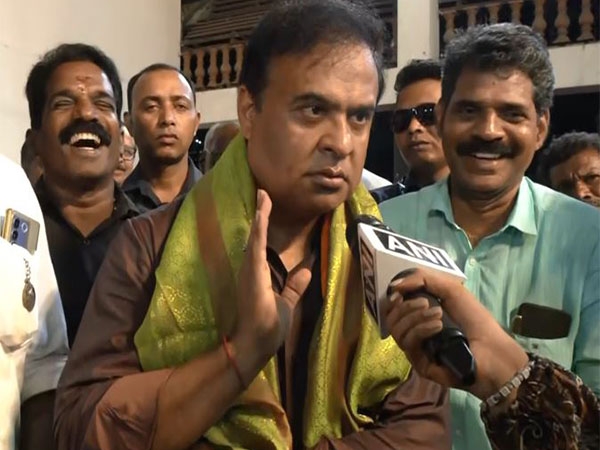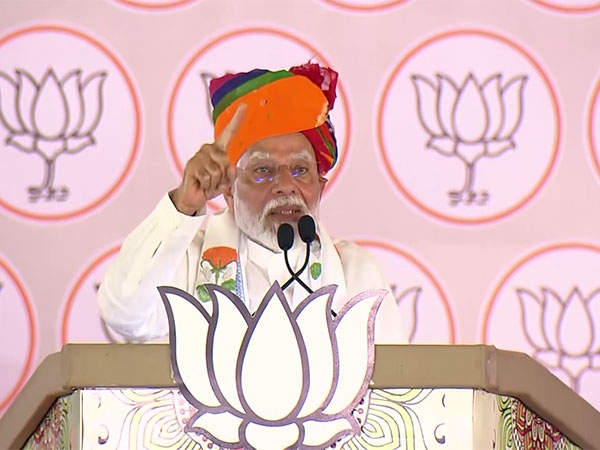CAG's questions over recapitalisation of PSBs bode ill for banking sector

The way government and the banks have dealt with the Non-performing assets (NPA) mess in the banking sector, leaves a lot wanting in the terms of transparency and accountability. Most of the banks arbitrarily restructured big loans to keep their NPA numbers low. Had it not been for the former Reserve Bank of India (RBI) chairman, Raghuram Rajan's diktat that forced banks to recognise all the NPAs by March 2017, the latter would have tried to hide the real numbers.
Even now, the government and banks have both done everything to hide the names of defaulters from public scrutiny. But the mess does not end here. The government, according to the Comptroller and Auditor general of India (CAG) “has found gaping holes in the recapitalisation of public sector banks (PSBs), stating that the recovery rate of non-performing loans was in general lower than the write-off rate between 2010-11 and 2014-15,” according to a Hindu Business Line report..
Moreover, the newspaper report says, “the rationale for distribution of the Centre’s capital among different PSBs was not on record. Some banks, which did not qualify for additional capital as per decided norms, were given capital”.
Conditions for recapitalisation
The government had set certain conditions before the selected PSBs could avail of the capital infusion by the government. The guidelines under the capital infusion plan required active NPA management and strengthening of credit underwriting and monitoring process, disposal of non-core assets, raising capital from market, divestment in subsidiaries and closure of loss making international and domestic branches.
The banks were also required to rationalise and reduce their administrative and operating expenses by way of temporary restructuring of employees’ benefits.
Why would government bypass its own rules?
The biggest reason for the rise of NPAs and the shoddy way the situation has been handled is the politician-corporate nexus. In 2014, the then deputy governor of RBI, had said that many of the promoters did not have enough 'skin' in their projects and they were sanctioned loans without having to put in their own share of equity. Even though these loans were given during the UPA government's tenure, as we all understand, the politician-corporate nexus spans beyond change of guard in the executive of the Parliament.
The banks that are dealing with more complicated NPAs and hold the risk of exposing the supposed irregularities in the banking sector may be favoured over other banks.
Can CAG's finding be called a scam?
Any regularity reported by CAG, if unexplained, falls in the category of a scam. Though a lot depends on how well the Opposition is able to raise the issue in the parliament as well as in public. But given the perception that the current government is only trying to clean the problems generated during the previous government’s tenure, it is unlikely there would any hue and cry over the issue.
But the strategy of maintaining secrecy around the NPAs has only contributed to making the situation worse over the past 3 years. As suggested by the CAG in its report, “There is a need for the Department of Financial Services to ensure that PSBs increase the quantum of recovery vis-à-vis write-offs”.
By being secretive and arbitrary in dealing with NPAs, the government can only delay the collapse of the banking sector. The way to resolve the current problem passes from the street of transparency and accountability.
First published: 29 July 2017, 23:08 IST






![BJP's Kapil Mishra recreates Shankar Mahadevan’s ‘Breathless’ song to highlight Delhi pollution [WATCH] BJP's Kapil Mishra recreates Shankar Mahadevan’s ‘Breathless’ song to highlight Delhi pollution [WATCH]](http://images.catchnews.com/upload/2022/11/03/kapil-mishra_240884_300x172.png)

![Anupam Kher shares pictures of his toned body on 67th birthday [MUST SEE] Anupam Kher shares pictures of his toned body on 67th birthday [MUST SEE]](http://images.catchnews.com/upload/2022/03/07/Anupam_kher_231145_300x172.jpg)






